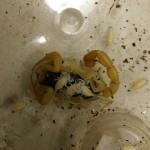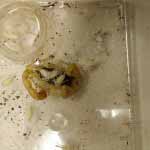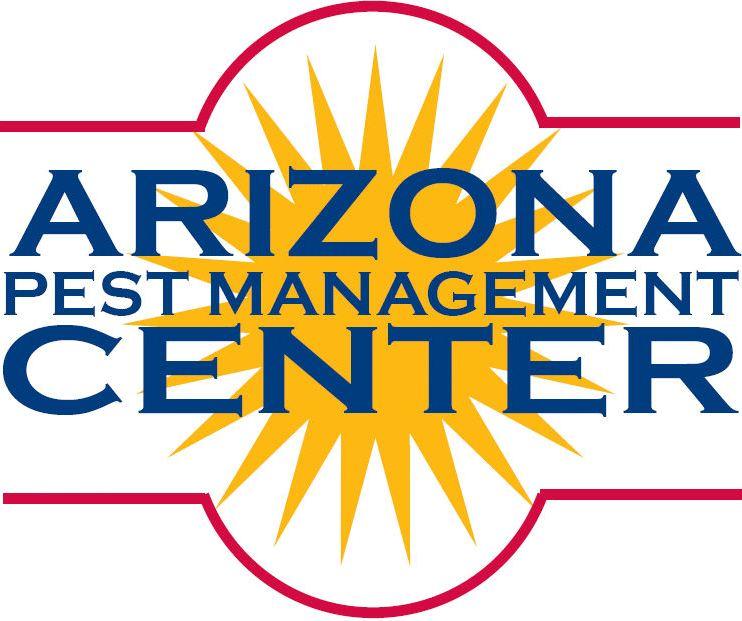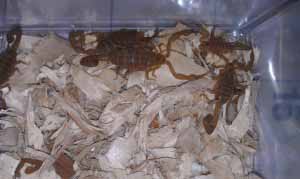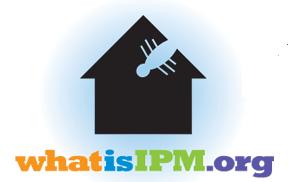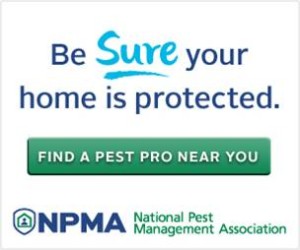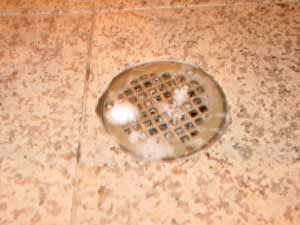GreenPro, is a stringent yet practical, sustainable, and eco-effective solution that has been tailored for today’s environmentally conscious consumer. GreenPro’s integrated pest management (IPM) program will continue to emphasize a systems approach that focuses on long-term pest prevention/suppression coupled with minimal impact on human health, property, the environment, and non-target organisms.
Green Pest Management or Organic Pest Management – or IPM, how do you tell the difference? More details as these programs continue to roll out.
In the old days spraying homes was the norm, today people understand that continued use of poisons or pesticides in homes isn’t necessary. To be honest that isn’t what ProBest Pest Management is all about, we are not a spray and soak your home with chemicals company. We will identify and help you solve your pest problems. We truly believe in IPM and we practice what we preach. That is why we are members of PESP and GreenPro.



